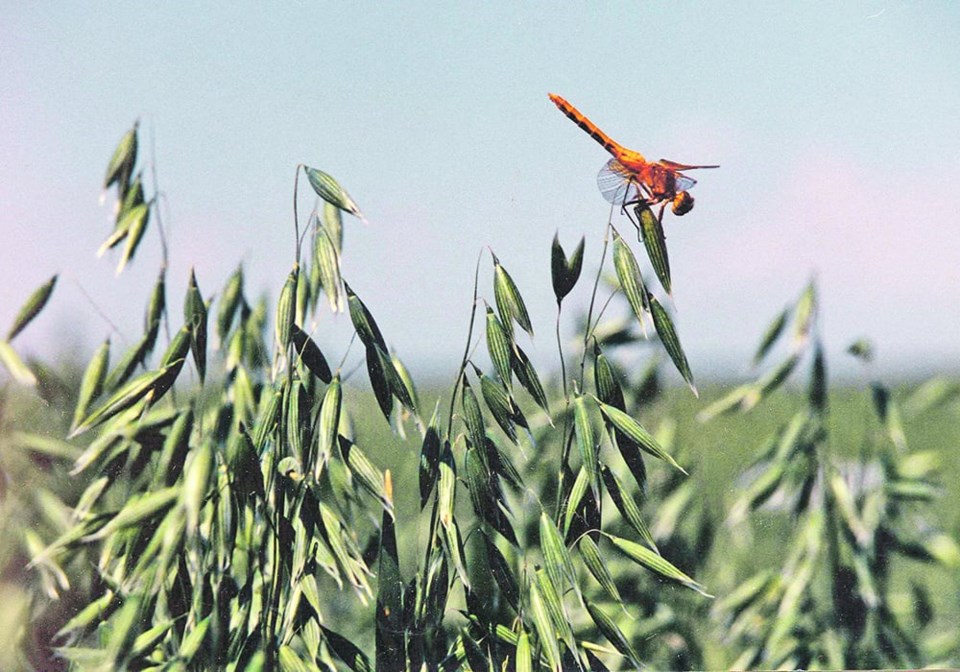WESTERN PRODUCER — A chart comparing organic acres in Western Canada to the price of canola would be simple: when canola falls, organic acres go up. When canola hits $20 per bushel, organic acres plunge off a cliff.
The organic sector doesn’t have official data for acres on the Prairies for 2021 or 2022, but there’s anecdotal evidence of a decline.
“What I’ve seen over the last three years is where they (farmers) totally quit organic and went 100 percent conventional,” said Alan McKenzie, who operates a 4,000 acre organic cattle and grain farm near Nesbitt, Man.
McKenzie was one of about 40 people who attended an organic conference at Manitoba Ag Days, a trade show held in Brandon.
He said the price gap between organic and conventional grains has narrowed in Canada.
Before 2019-20, organic wheat, oats, flax and other grains were often triple the price of conventional grains. But market softened and conventional prices went through the roof, making the economics of organic less attractive.
Prices are still decent, but when canola sells for $18-$20 per bu. it’s tempting to switch to conventional where it’s easier to control weeds, crop pests and soil fertility and produce much higher yields.
“This (the Prairies) is where you see those economic converters,” said Laura Telford, an organic specialist with Manitoba Agriculture.
Instances of growers jumping into and out of organic are less prevalent in Ontario and Quebec.
It’s difficult to estimate how much organic field crop acres have declined because Canada’s organic sector has poor data collection.
The Canadian Organic Trade Association recently released statistics on organic farmers and acres in the Prairies for 2020. Statistics for 2022 will likely be released in 2024.
“But we lost a lot of acres… which suggests to me that some organic guys have let some of their organics land go. And they are growing canola on the side,” Telford said.
A percentage of organic farmers do also grow conventional crops, including McKenzie.
“I had a chance to rent some conventional land. I thought, at least this way I have a foot in both doors.”
It’s hard to know without hard data, but producers who follow organic principles and also grow conventional crops, likely shifted acres to conventional.
“I had an organic farmer (in western Manitoba) who told me that his most lucrative crop this year (2022) was canola,” Telford said.
A period of decline isn’t new. From 2008-11, Canadian organic farmers and acres declined due to a boom in commodity prices.
Then, from 2014-18, there was a “47 percent increase in the number of acres of organic field crops in the Canadian Prairies,” says pivotandgrow.com, a website of the Prairie Organic Grain Initiative.
Telford said as prices for canola and other crops fall back to earth, farmers will return to organic.
McKenzie isn’t so sure.
“I don’t think there’s many new guys going to be coming on board…. It’s easier to manage conventional fields,” he said. “The guys who left, they’re not coming back.”
Still, existing organic farmers may consolidate and expand to produce more wheat, oats, flax and other crops to serve strong demand. So a 3,000-acre organic farm in Saskatchewan, may soon become a 5,000-acre farm.
Contact [email protected]




